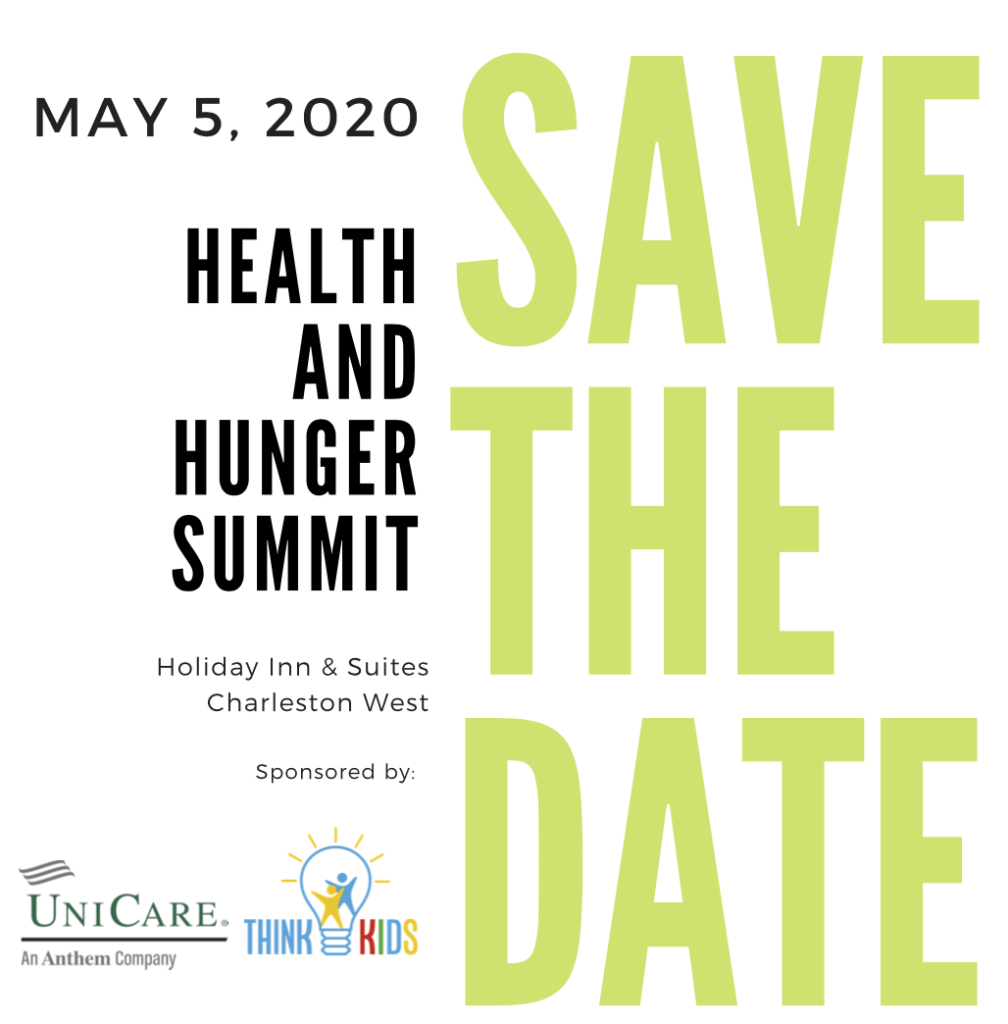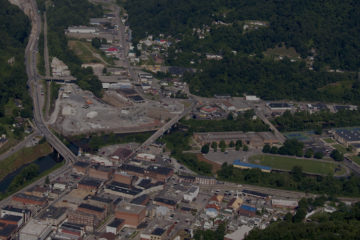The goal of the Health and Hunger Project is to build better bridges between West Virginia’s health care and charitable food systems. Specifically, we want to connect primary care providers to local food pantries. An important first is assessing the current landscape. How are these two systems interacting with one another in communities around the state? We wrote brief surveys and were ready to blast them out.
And that’s when we realized we had a problem.
Have you ever tried to locate food pantries around our state? If you’re interested in finding them, check out these websites: WV Foodlink, WV 211, and the WV Family Resource Network. You’re a few clicks away from locating names, physical addresses, and often phone numbers for food pantries in any given county.
This is where my work began. I created a spreadsheet of food pantries listed from these sites– a list of about 510 entries. I sent 200 postcards to the first names on the list with a survey link on the card.
Within a week, about 50 of them came back as undeliverable. Not one food pantry responded to the mailer and completed the survey.
You see, there’s no network overseeing food pantries in our state. There’s not one source at the state level to distribute our survey down the chain. There are two main food distributors that supply many pantries with food, Mountaineer Food Bank and Facing Hunger Foodbank. But they don’t provide oversight or coordinate services on behalf of the pantries. Most of our state’s food pantries are managed by local churches, providing care to those in their communities. They’re manned by volunteers. Here’s a great article from the Charleston Gazette-Mail on the challenges that this infrastructure faces in maintaining their services.
And so, I had no statewide source in which to disseminate our survey. All I had were physical addresses and phone numbers. Think about that for a minute. When was the last time you used a phone book? How often do you think pantries open and close? Or move? This information becomes outdated quickly.
So I started Googling and Facebooking for more detailed information. And low and behold, I found a wealth of information on Facebook. It appears as if this is the platform where churches connect with their congregations. More pantries have closed than I had anticipated, and some programs had been miscategorized as pantries, when they were backpack or meal programs. Currently, it looks as if we have about 400 pantries currently running in our state. I’ve connected with some but not all– at least, not yet. Facebook Messenger only allows you to message a handful of pages you’re not members of before they suspend your ability to use Messenger for the day. But of those I’ve contacted so far, they’ve been receptive to working with us. And I’m optimistic that having and updated list and Facebook links to information on these pantries will make it so much easier to stay connected with them— not just for us, but for the primary care providers in their communities. These pages usually have updated hours, Messenger, and GPS map links. We’re eager to clean up this info and share with health care providers.
Here’s what we’ve learned so far from the surveys. We’ve received 68 responses from 38 counties.
Of current respondents, 44% believe that primary care providers in their communities are aware of their services. A little over 10% said extremely familiar, and a little over 7% said “not at all.”
It’s another mixed bag when we ask about collaboration. Over 63% stated that they had never met with primary care providers in their community to discuss food insecurity. That’s a larger percentage than we had anticipated, but we were eager to learn more about meaningful collaborations happening across the state, in some of our more rural areas. In other regions, folks described their relationships as “non-existent.”
a larger percentage than we had anticipated, but we were eager to learn more about meaningful collaborations happening across the state, in some of our more rural areas. In other regions, folks described their relationships as “non-existent.”
Finally, here’s the best news so far. Of those who responded to our survey, nearly 79% expressed interest in working with us on the Health and Hunger Project. And so our next steps with them are a few more in-depth surveys and listening sessions via video conferencing.
Some final takeaways: There are two great networks of food pantries in our state, sponsored by Catholic Charities and the Salvation Army. At this time, during a pandemic, it’s a relief to know these organizations have a network of support programs around the state.
Fun fact: There’s a co-op in Preston County that coordinates 11 food pantries, named Food for Preston. I’m really interested in learning more about their model, their connections to health care, and if it’s replicable.
Finally, if this is at all interesting to you, please join us for the Health and Hunger Summit on May 5. Click on the image to register. It’s free, and it’s a great opportunity to bring these systems together and talk about more meaningful ways to collaborate. We hope you’ll join in on the conversation.





0 Comments